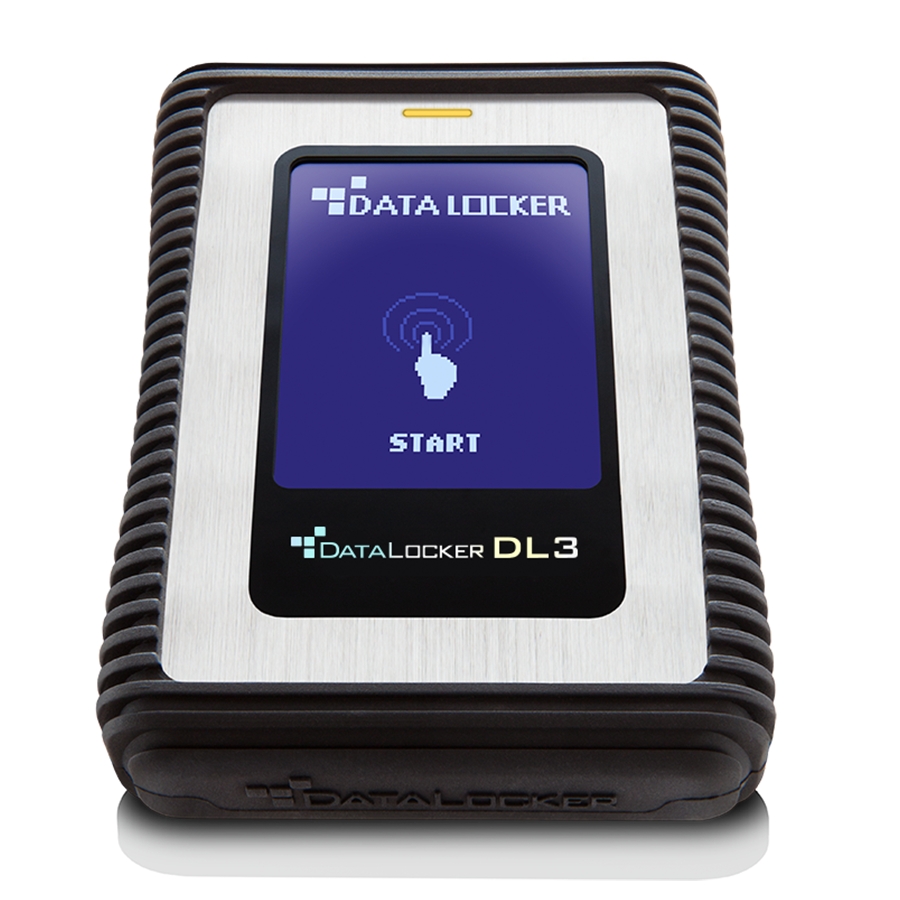

We gather data from the best available sources, including vendor and retailer listings as well as other relevant and independent reviews sites. Supports USB 3.0, but read/write speeds are not its strong suit.ZDNET's recommendations are based on many hours of testing, research, and comparison shopping. TIRED Expensive, though non-RFID models are cheaper. WIRED Layered security: RFID, PIN, keypad scrambler, and AES 256-bit encryption. My 4GB test file took over two minutes to copy when connected in USB 3.0 mode, and a watch-the-paint-dry 10 minutes with USB 2.0.įinally, the D元 lacks a time-based auto-lock – it uses a handy "Disconnect" button that appears when the drive is active – so it's suitable as a stash box only for the true paranoid who would never leave it attached and unattended. Write it down, because if you misplace or lose the RFID tag (and it's just small enough for this to happen), the unique ID number can still be entered manually on the keypad for entry.ĭataLocker's drive has a two-tiered permissions structure, with the dministrator controlling all functions, and users allowed read/write privileges only.Īs far as performance goes, the 5400RPM drive won’t win any races.

Upon registration of each RFID dongle, a unique tag number appears on the touchscreen. You associate the RFID chip with the drive when you first unbox it – after entering the default PIN, the drive asks you to create your own personal PIN, register the two included RFID tags, and handle other housekeeping tasks. Each time you want to connect the drive to a computer, you must first tap the small, chiclet-sized RFID tag to right corner of the drive, then enter your PIN on the keypad. Our DataLocker D元 came with an RFID module for secondary authentication. And although the touch screen keypad offers no physical feedback, on-screen and audio acknowledgement of entries serve just as well. What appears to be a normal keypad with sequential numbers one time will have a totally different order the next. Typing on the D元's backlit touchscreen keypad is easy, but you're also protected against "shoulder surfers" by a randomizer that shuffles the key layout after each use.


 0 kommentar(er)
0 kommentar(er)
